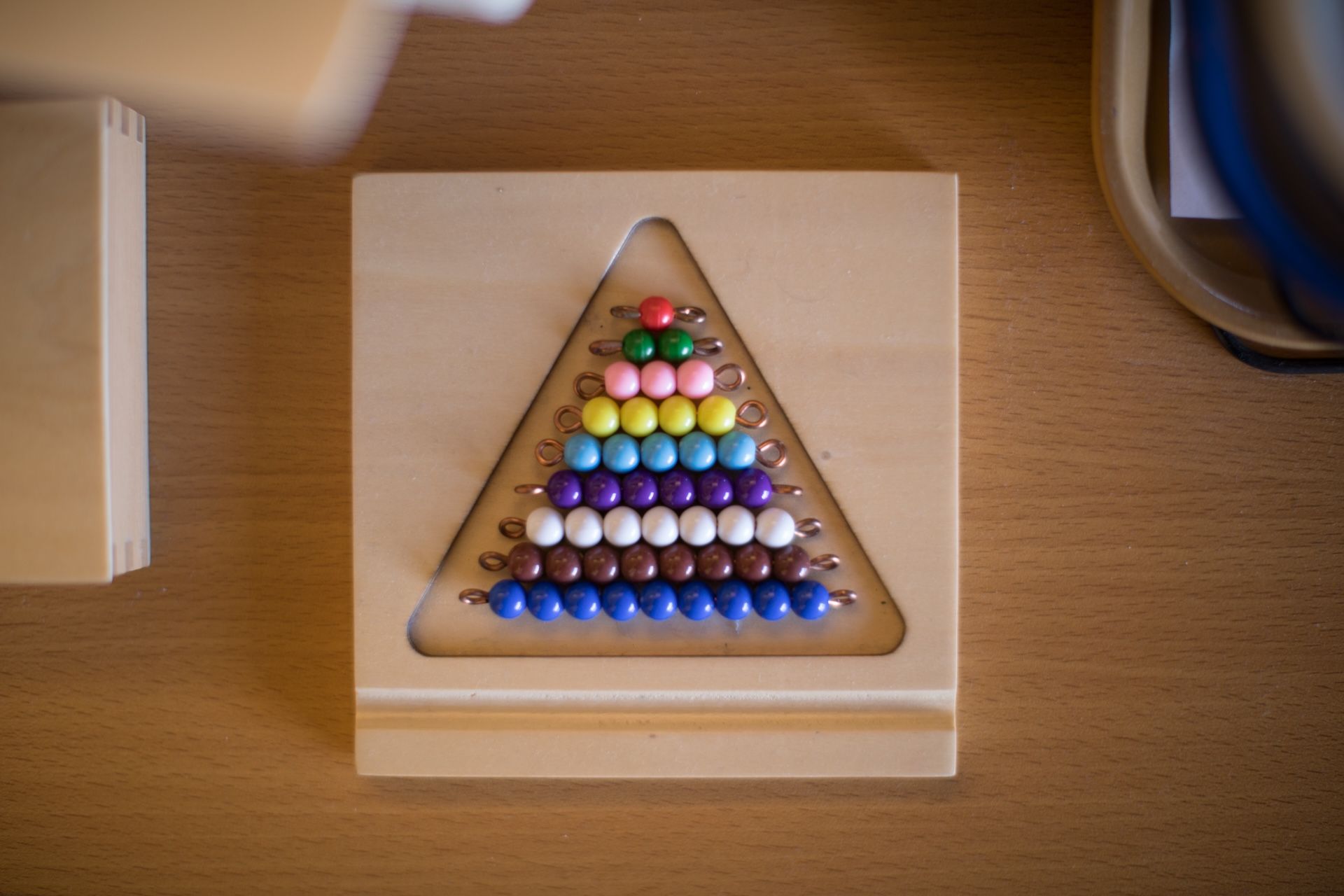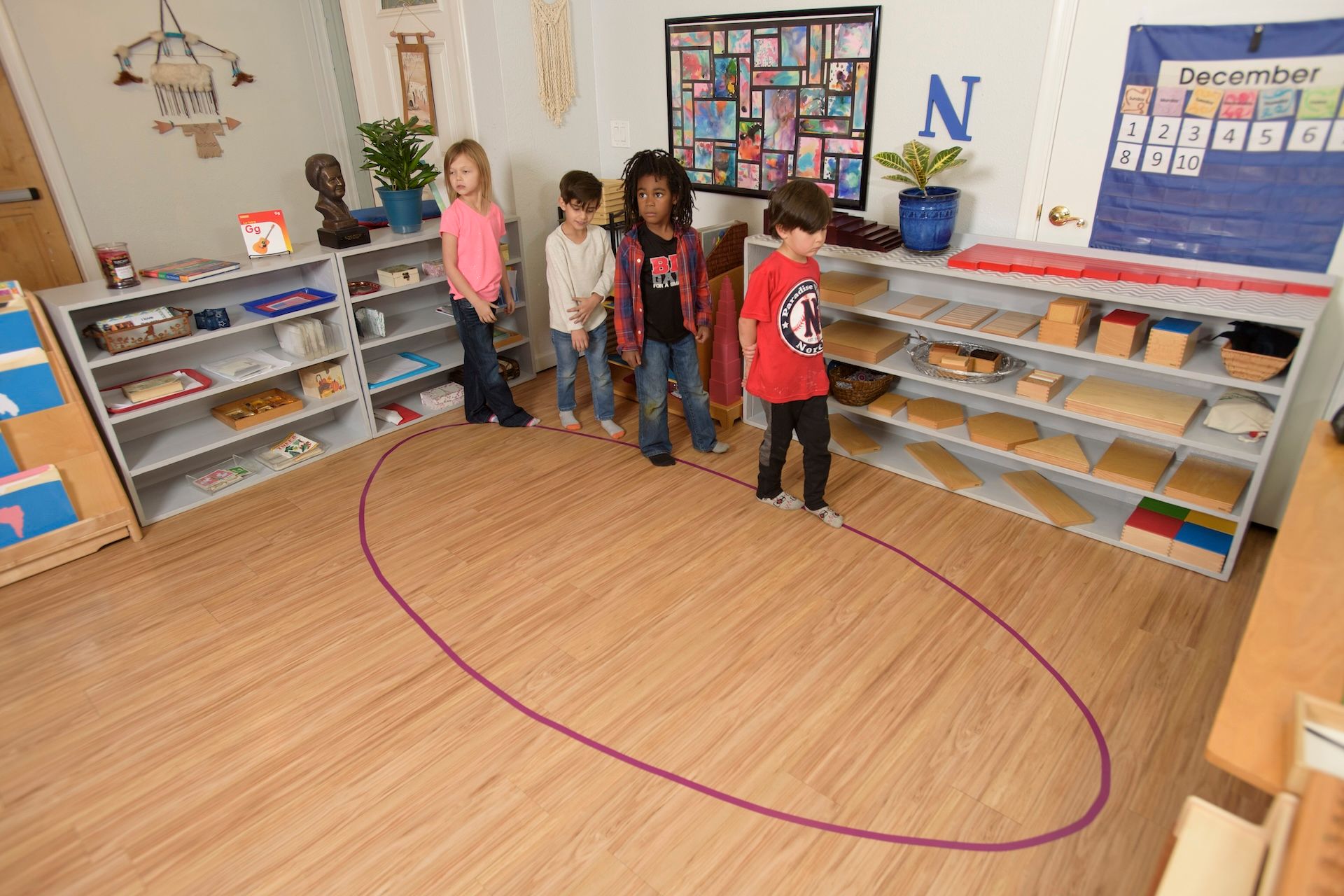Tips for observing in a Montessori environment
Whether you are a current parent or future one, observing a Montessori classroom environment is a precious peek into the window of a child’s development. You may see things that amaze you, confuse you, or sometimes make you want to laugh out loud (try not to do it, keep a poker face)!
Here are some best practices and tips to get the most from your Montessori observation:
Schedule your visit
Contact the school directly and get something on the calendar. We want to make sure not to have a fire drill in the middle of your observation.
Choose your words carefully when telling your child you will be visiting
For children 3-12, parents are invited to sit inside the room in most cases (this is too distracting for our young 0-3 classes, so we utilize observation windows). Tell your child a few days in advance that you are looking forward to visiting their class and seeing the children at work. Avoid singling out your child or saying you want to see all of their “best” work. The neutral language will reassure your child you aren’t coming to judge her work or how she spends her time. Tell her that you will be sitting quietly in a chair, and she can come and say hello, but you will be there to observe, and then after a few minutes you will step back out of the classroom, and pick her up as normal after school.
Remind your child the day of the visit
If you are already a Wonderland parent, casually remind your child the morning you will be visiting. You will arrive after they have begun their work and stay for about half an hour. You are looking forward to seeing your child and all of his friends doing their work.
Arrive on time – not too early or too late
Punctuality is greatly appreciated, but please don’t show up thirty minutes early expecting that you’ll be able to watch class longer or start your visit early. Another observation may be booked before or after you, and we try to be mindful to respect the children’s transition times throughout the day.
Bring something for taking notes
Bring a pen and paper to jot down some observations while you’re there to share with your guide at your parent/teacher conference or just to store in your child’s memory box.
Notice what the guide is doing
Both the guide and the assistant have important but different roles in the classroom environment. Notice what the adults are doing and the way in which they interact with the children.
Observe quietly
The learners in a Montessori classroom are in the process of self-construction every day. Visitors are requested to respect the intense work that is happening by saving questions for the conference that will follow once you have left the classroom. Any electronics should be silenced before entering and it is not appropriate to take any photographs.
Reply graciously
Montessori environments are social places. While observing in the Children’s House or Elementary environments, children may speak to you while you are in the observation chair. It is okay to say hello to an individual child who approaches and speaks to you first, but try to dissuade long conversations. You can say your name and hello, then let the child know you are here to do your work of observing. Then return to observing.
Watch the other children, too
When you are observing from inside the room, your child may act differently than she might on a normal day. She may be very intent on showing you specific work or she may avoid eye contact or stay in a single spot repeating work. Engross yourself in watching the other children and noticing the things you are seeing. Do you see a child repeating work, very intent on a task, or overcoming a small struggle? This is what your child may be doing on a day he is not distracted with your presence.
Don’t take it personally
For young children’s house students especially, a parent sitting in their environment during the work cycle can be somewhat disorienting. They may react in any number of ways but your reaction should be calm, loving and, as neutral as possible. A big reaction easily can magnify the already big feelings your child may be having.
When its time to leave
Keep your exit quiet, too. Montessori guides are excellent at communicating with their eyes, acknowledging them with eye contact and a smile and then slipping out is great! If your child is distraught to see you leaving, remind them that you will pick them up after their school day and that you know they are safe with their guide until you return. Transitions are often hard for children. Much like morning drop-off, it is important to be matter of fact and reassuring.
Let’s talk about it
After you are finished, share your observations with your guide and administrator and ask any questions that may have come up. Dig into theory or ask for a lesson on a specific material so you can better understand its direct and indirect purposes. Montessori is a deep philosophy with enormous detail that we love to discuss whenever we can. Email us later if you think of another question.
Don’t make it a big deal
When you reconnect with your child, thank him for hosting you in his classroom, and let him take the lead on the conversation. Narrate the facts objectively and let him respond. “I noticed you were working on a map of Africa,” or “Your friend spilled his water on your rug.” Non-judgemental observations often lead to the most interesting comments from children.
Try this at home
Observe your child with attention and purpose while at home, too. AS your child moves in your home environment, notice the features in your home environment and those that can cause frustration because they require adult intervention.
Thank you for being a visitor to our classrooms. We can’t wait to see you!
The post Tips for observing in a Montessori environment appeared first on Pebblecreek Montessori.
Hours
MONDAY - FRIDAY
HALF DAY: 8:30a – 12 noon
ACADEMIC DAY: 8:30a – 3:30p
EARLY CARE: 7:00a – 8:30a
AFTER CARE: 3:30p – 6:00p
OFFICE: 8:00a - 4:00p
Programs
Connect
Pebblecreek Montessori




